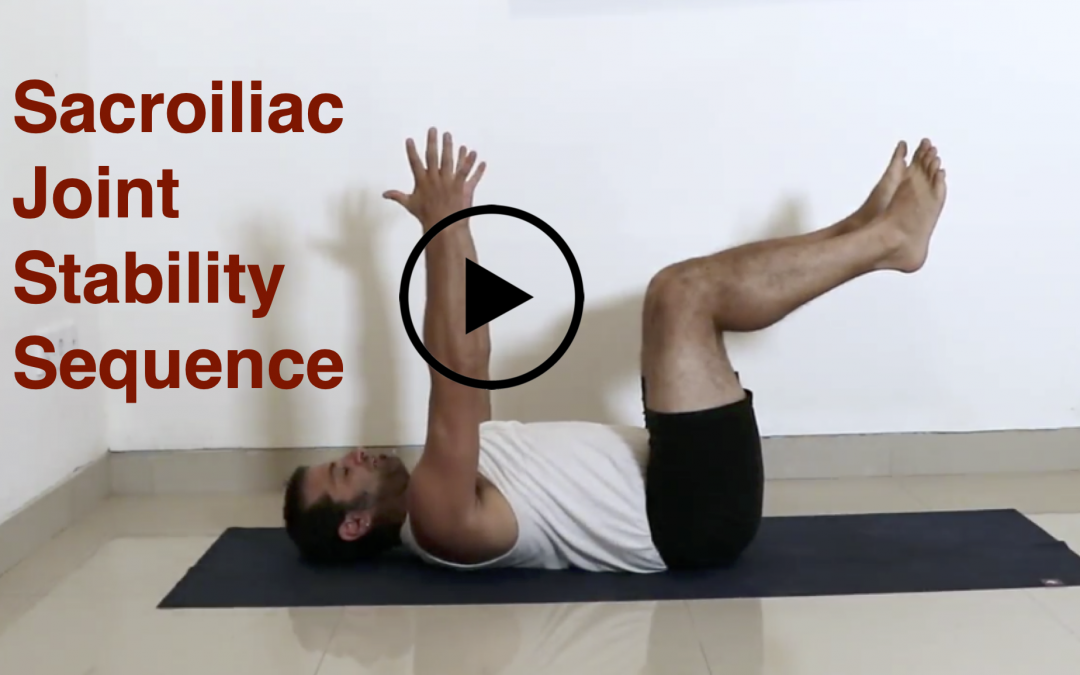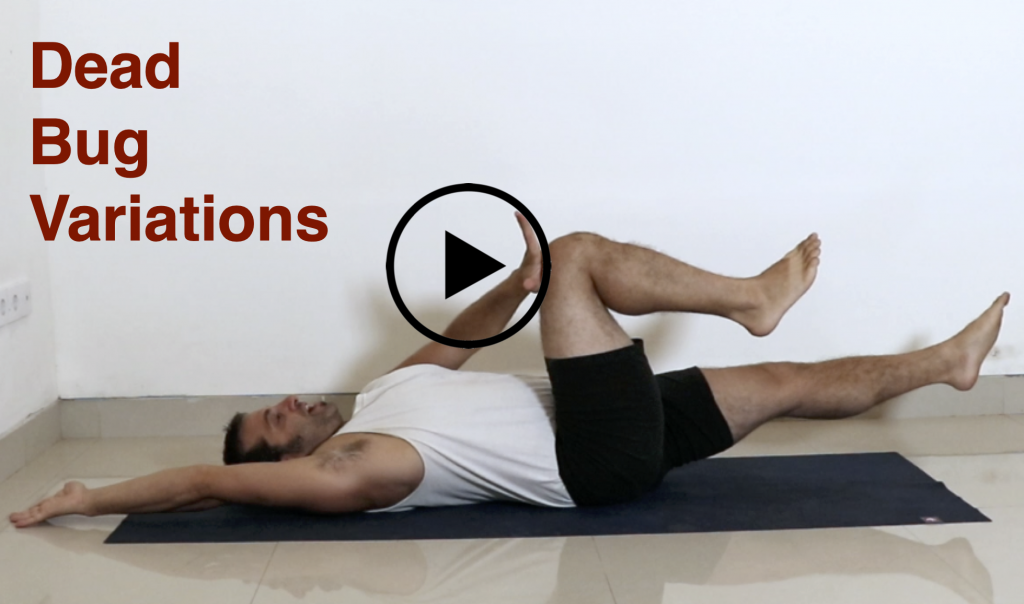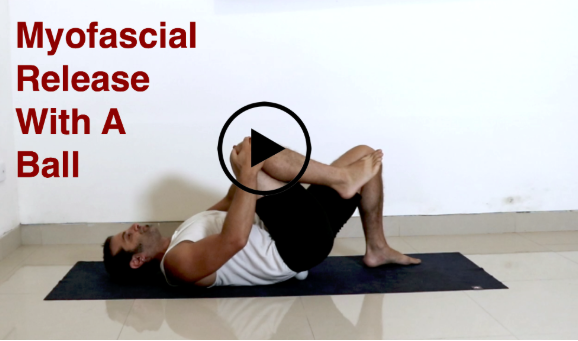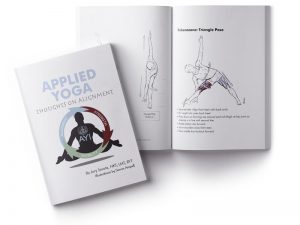Today, I want to talk to you about the sacroiliac joint, an area of the body I have quite a history with.
Back in 2009 I played my first ever 4.5 tennis tournament.
I was an unseeded entry in a field of 64 at Santa Clara University in California.
I had been playing a lot of tennis, getting lessons and training in the gym.
In the first round I played the 4 seed. I beat him 6-2, 6-1.
The second round was a breeze and in the 3rd, I battled, beating another seeded player in straight sets. 🎾🎾🎾🎾🎾
 By the time the semifinals came around, I was playing the 1 seed and was exhausted. My body had not been pushed like that is some time.
By the time the semifinals came around, I was playing the 1 seed and was exhausted. My body had not been pushed like that is some time.
I won the first set 6-1. 🔥
I was up a break in the 2nd and serving for a 4-1 lead when I landed funny on my left leg, my sacrum up-slipped, and I collapsed to the ground.
I called the trainer.
He was a college student and had no idea what to do except stretch my hamstring.
When I got up, I could barely walk. My leg had no strength.
I thought about retiring but I had this tournament in the bag. I could not walk away.
I wound up only wining one more game the whole match and lost 6-1, 3-6, 1-6. It sucked.
What ensued the next 3 months was not fun. I had a significant SI joint injury.
I had to stop playing tennis.
I learned how to work with it in yoga but it was an uphill battle.
Eventually, I healed and learned a lot along the way.
Let’s talk a little bit about anatomy.
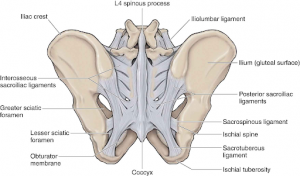
The sacroiliac joint is the articulation point of two bones, the sacrum and ilium. This occurs on both sides of the body. The SI joint is protected by several very thick and strong ligaments.
As you can see in the picture below, in addition to superior and inferior SI ligaments, there is also the iliolumbar, sacrospnous and sacrotuberous. These guys provide stability for our pelvis.
One of the main functions of the SI joint is shock absorption. The sacrum supports the spine and then ilium supports thesacrum. The moment something goes awry here, i.e. excessive movement of the sacrum or injury to a ligament, it effects everything above and below it.
Some symptoms of SI joint dysfunction are:
- Dull, constant low back pain.
- Shooting or stabbing pain into the hip, groin and occasionally down the leg.
- Pain that becomes worse during activities such as standing up from a seated position or lifting the knee towards the chest during stair climbing.
- General leg weakness and inability to go for longer walks due to discomfort.
When I first had my injury I thought stretching and massage would be the solution.
They were not.
The greatest thing for working with an irritated SI is actually neurological strength training. The joint needs stability and the surrounding muscle tissue must work.
The following are some exercises I recommend for working with the sacroiliac joint and most other types of low back pain.
Very possibly the most important of all these is activation of the gluteus maximus. The glute max coves the entire buttock region, attaches to the sacrum, ilium, thoracolumbar fascia and even the hip. Its function is vital for low back health. 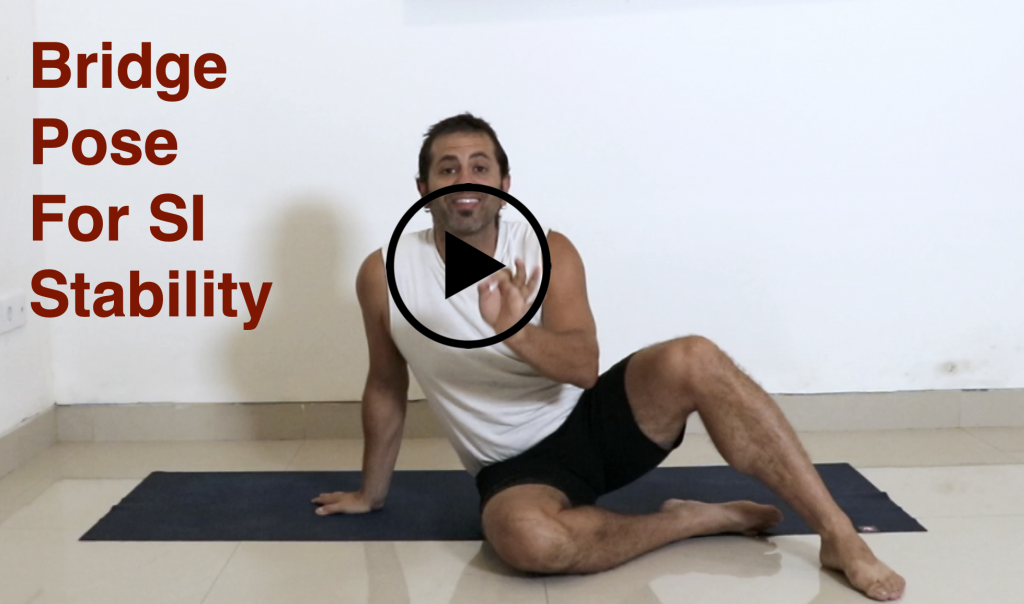
Check out these variations of locust pose to create superficial back line and glute strength. 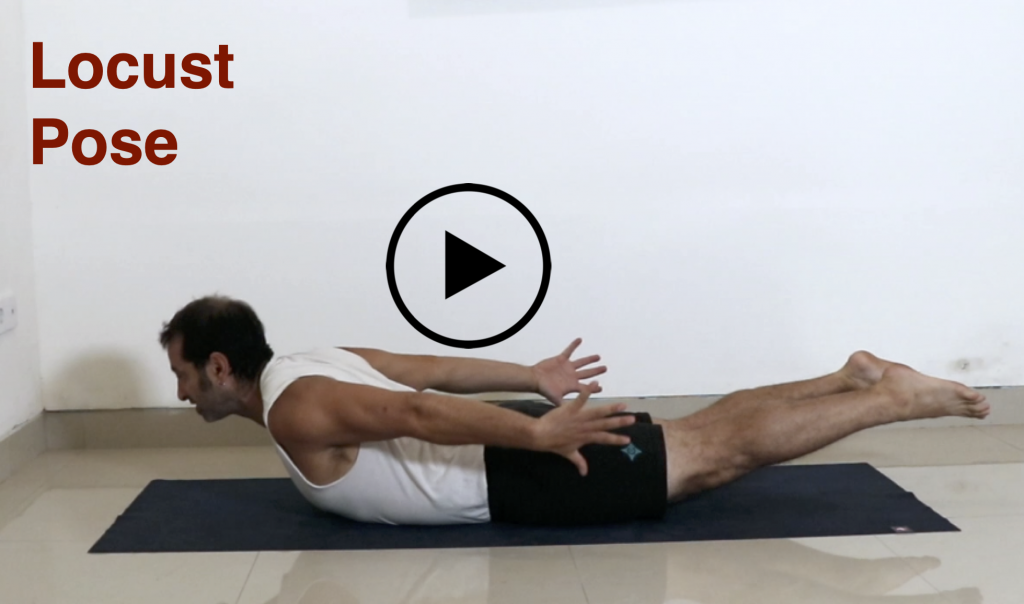
We can’t talk about stability without doing something to strengthen the abdominals. Below is something for the rectus and transversus abdominus.
And here’s something for the obliques combined with abduction exercises.
Finally let’s talk about pain relief. All of the exercises are desigend to do this but none 100% directly. For that we need soft tissue work and no I don’t mean going to your massage therapist every day.
The lacrosse ball is one of my greatest friends and I hope it can be for you, too.
I hope all of these exercises are a great help for you and provide relief. If you have a more serious situation, please consult your PT or medical professional for guidance.
Yours on the path,
Jory

